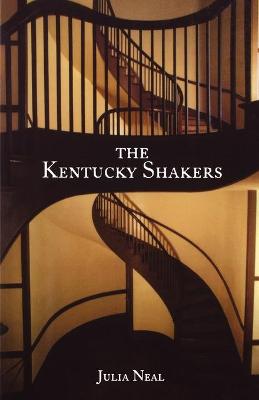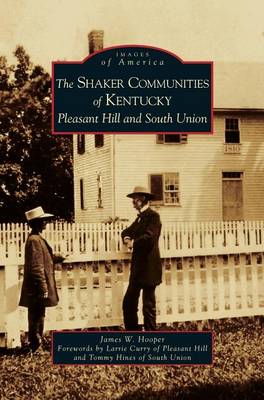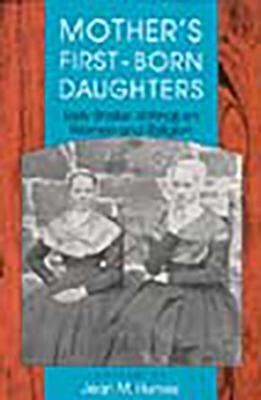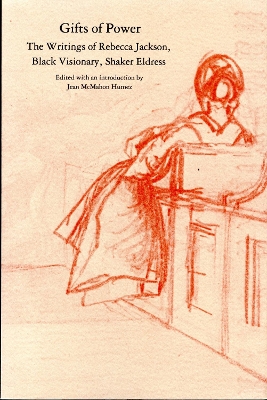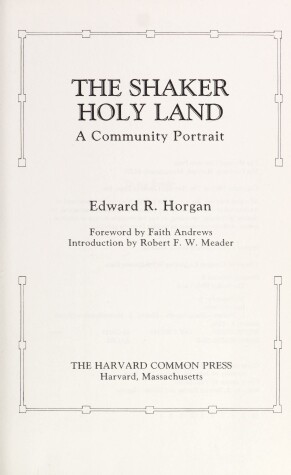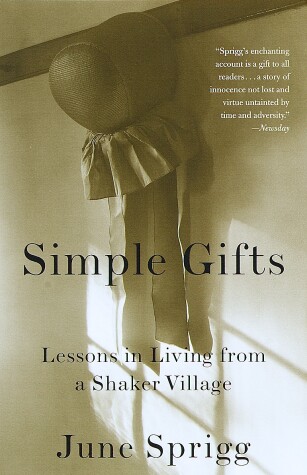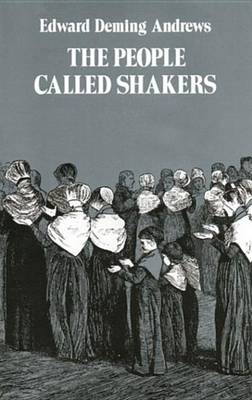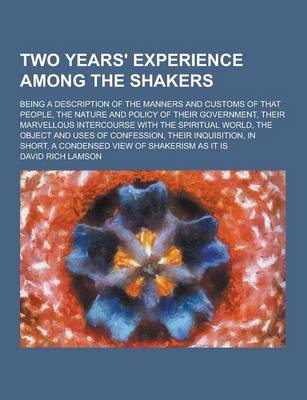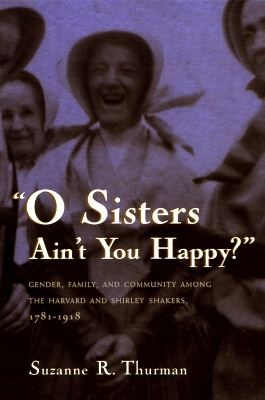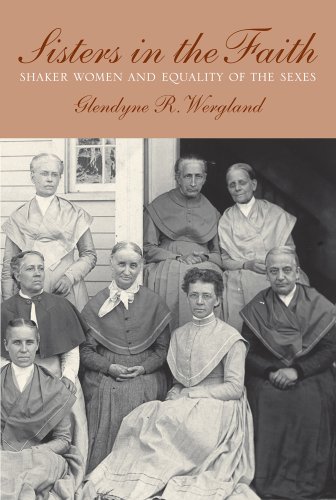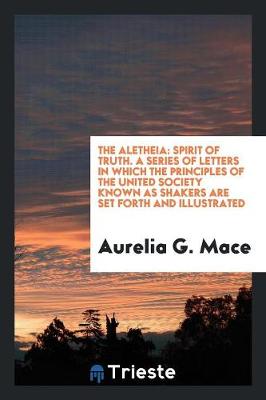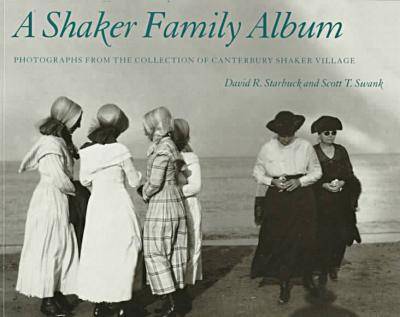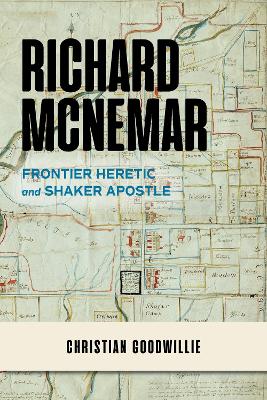Gather Up the Fragments (Hancock Shaker (YUP))
by Mario S. De Pillis and Christian Goodwillie
Struck by the beauty of every visible object in a Shaker kitchen they chanced to visit in 1923, young Edward Deming Andrews and his wife, Faith Young Andrews, embarked on a collection that became the passion of their lives. During the following decades, at a time when the art and artifacts of the Shakers were considered "low" art and unworthy of collecting or exhibiting, the Andrewses energetically collected objects, studied sources, and eventually mounted exhibits and published books on Shaker...
In 1805, at the height of the period of early religious excitement in Kentucky, three members of the Shaker community in New Lebanon, New York, came to the Commonwealth of Kentucky to recruit converts. Soon there were little communities of Believers at Pleasant Hill in Mercer County and at South Union in Logan County. These settlements survived into the twentieth century as centers of worship and communal life; the buildings the Shakers erected here and many of their tools and artifacts remain t...
Mother's First-Born Daughters (Religion in North America)
" . . . an excellent collection of writings covering the period 1774-1854 . . . mostly in print for the first time. . . . Humez provides excellent and clear introductions, emphasizing the ambiguous role of women." —Library Journal "This very fine book is a valuable contribution to Shaker studies, religious studies, and women's studies." —Journal of American History "The editor provides insightful commentary, but the power is in the straightforward and powerful words of the women who founded an...
In Simple Gifts, June Sprigg tells the story of one of America's last Shaker communities--Canterbury Shaker Village, in Canterbury, New Hampshire--during its twilight years, and of its seven remarkable "survivor" women, who were among the last representatives of our longest-lived and best-known communal utopian society. As a college student Sprigg spent a summer among them, and here she gracefully interweaves the narrative of their lives with the broader history of Shakers in America as she show...
The United Society of Believers in Christ's Second Appearing, commonly known as the Shakers, followed Mother Ann Lee to the United States in 1774 when life in England became difficult. In the United States, they established several colonies whose governing principals included celibacy and agrarian communal living. Even at its peak, however, Shakerism claimed only about 4,500 members. Today, except for one active community in Sabbathday, Maine, the great Shaker villages are diminished, but the Sh...
O Sisters Ain't You Happy? (Women and Gender in Religion)
by Suzanne R Thurman
Drawing on archival material from Shaker members, observers, and apostates, noted historian Suzanne R. Thurman offers a scholarly yet eminently readable study of life in two of the oldest, most prominent American Shaker villages: the Harvard and Shirley communities of massachusetts. Even as she delves into the complex fabric of Shaker social life, Thurman challenges traditional perceptions of gender roles within the community. Shaker spiritual and social ethics, she points out, strongly favored...
In 1788, following the death of charismatic founder Mother Ann Lee, the celibate religious group known as the Shakers set out to institutionalize equality of the sexes in their theology, government, and daily practice. In this book, Glendyne Wergland evaluates how well they succeeded in that mission by examining the experiences of women within Shaker communities over more than a century. Drawing on an extensive archive of primary documents, Wergland discusses topics ranging from girl-hood, healt...
This collection of more than 100 images captures the essence of Shaker life in poses both pious and playful, and records how individual identity was nurtured, rather than extinguished by the community. Carefully chosen from thousands of archival photos and from a drawerful of snapshots saved by Eldress Bertha Lindsay, one of the last Shakers to live at Canterbury and herself a consummate photographer, these pictures - most of them never intended for publication - give new life to the Shaker life...
A Shaker Village is the second book in a series of Schiffer Paper Craft Projects. It is designed to be both instructional and gratifying as a do-it-yourself creation. The village consists of 6 cut and assemble architectural and models in H-O scale, printed on heavy stock in full color. The buildings represent the nucleas of an agrarian village typical of the Shaker communites that sprang up in several of the eastern states in the early 19th century. Middle grades-ages 8-12.
The first biography of a key and complex American religious figure of the nineteenth century, considered by many to be the "father of Shaker literature." Richard McNemar (1770–1839) led a remarkable life, replete with twists and turns that influenced American religions in many ways during the early nineteenth century. Beginning as a Presbyterian minister in the Midwest, he took his preaching and the practice of his congregation in a radically different, evangelical "free will" direction during...
Shaker Communism (Communal Societies in America)
by Frederick William Evans
Client Data Organizer Book (Hairstylist Client Profile Book, #6)
by Nine Journal

